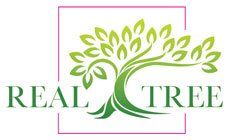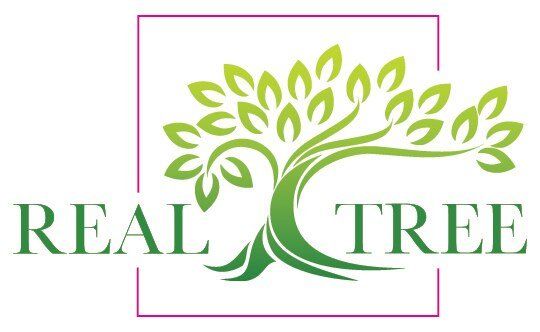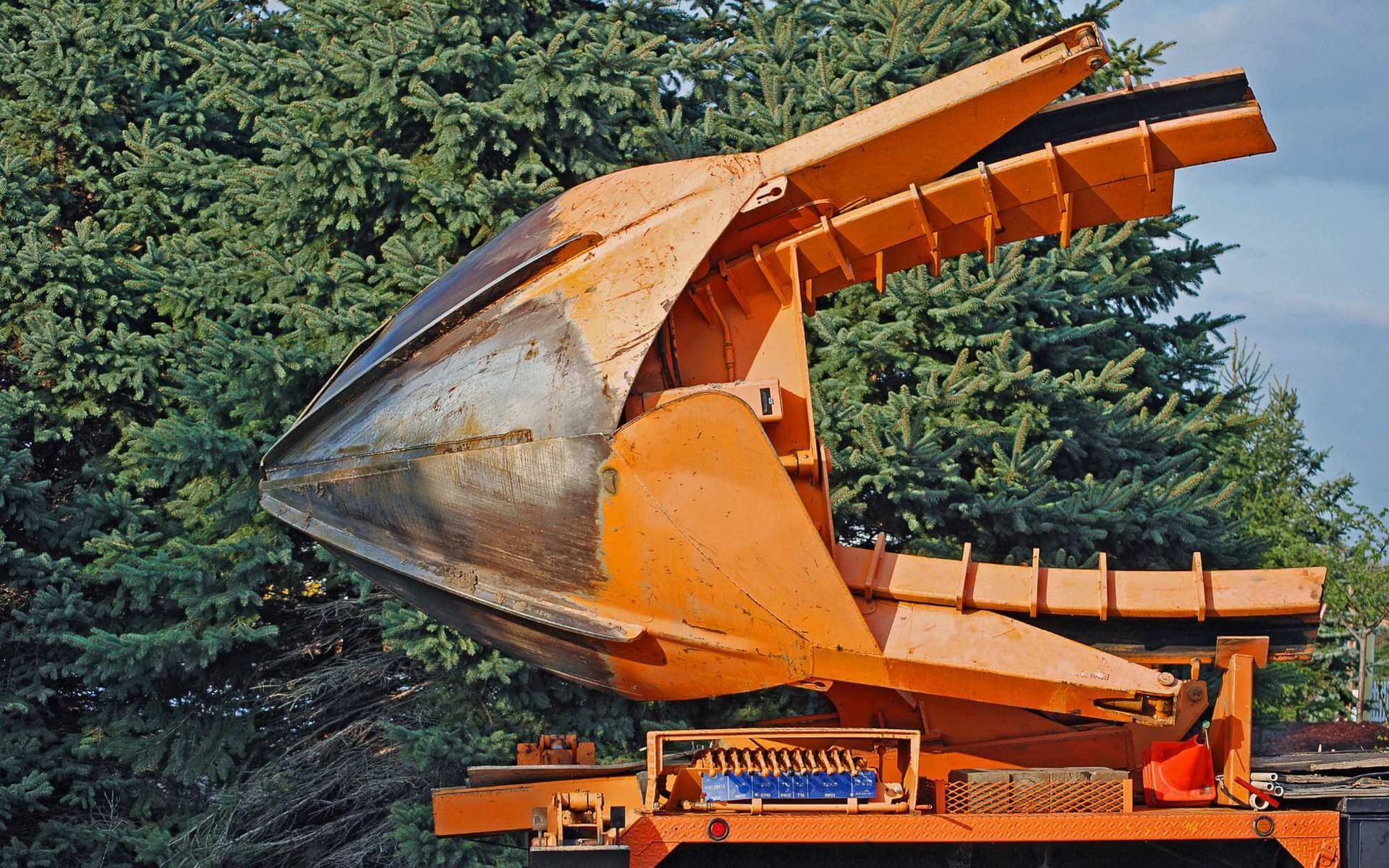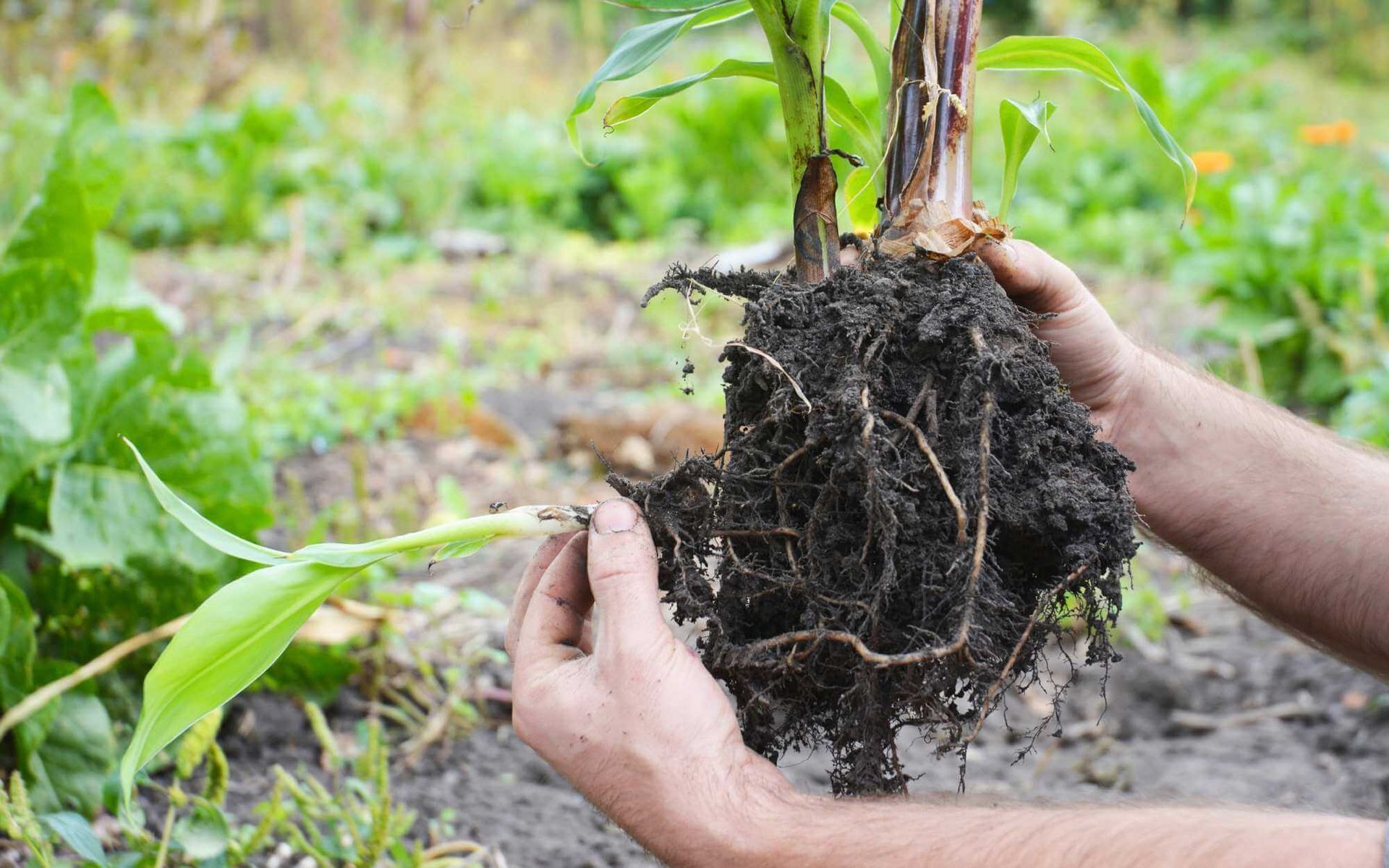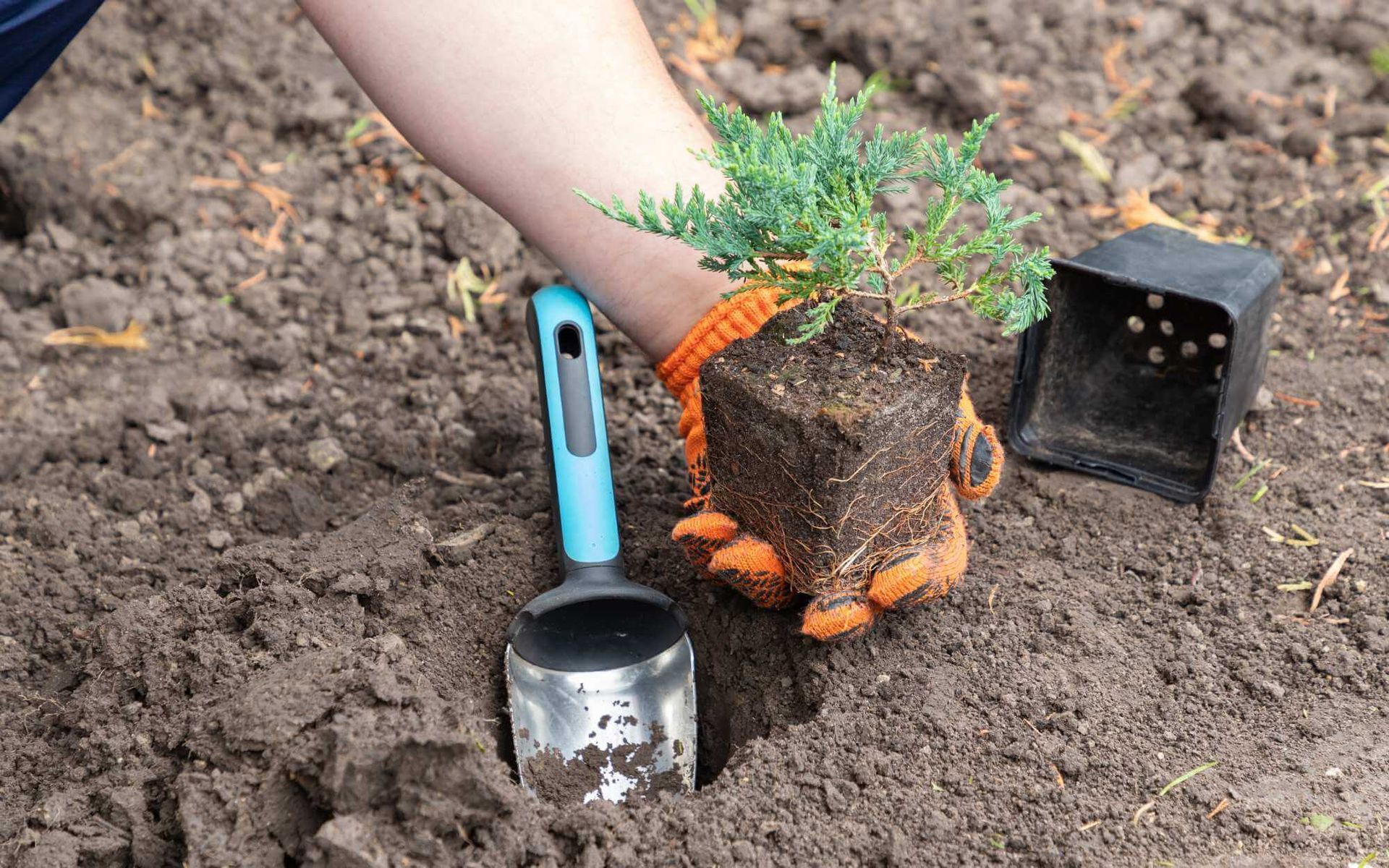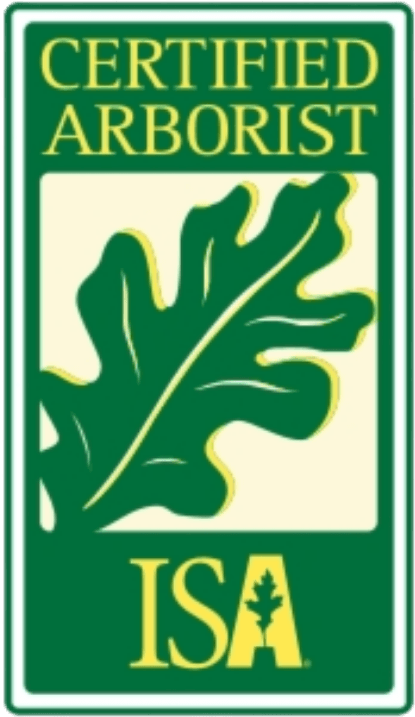Gardener’s Guide: DIY Tree Fertilization Tips and Tricks
PUBLISHED ON
SHARE THIS ARTICLE

Proper care and nourishment of our leafy friends is crucial to any gardening endeavor, and a key component of this is tree fertilization.
A well-fertilized tree is a thriving tree, capable of providing bountiful fruit, vibrant foliage, and a robust structure. Fertilizing isn't just about growth; it's also about strengthening trees against disease, pest invasions, and harsh weather conditions.
In this gardener's guide to tree health, we'll delve into the helpful tips and tricks of
DIY tree fertilization, empowering you to give your trees the nutrients they need to flourish. Join us in our journey towards greener gardens and healthier trees!
Benefits of DIY Tree Fertilization
DIY tree fertilization is not only cost-effective but also allows customization based on specific tree needs. It eliminates the costs associated with professional arborists, leading to substantial savings in the long run. Moreover, by understanding your trees and their specific nutritional requirements, you can tailor your fertilization approach for optimal results.
Different tree species have varied nutritional needs and responses to fertilization. A DIY approach equips you with the flexibility to modify the nutrient mix, concentration, and application frequency, unique to each tree type and its growth stage.
Thus, this personalized care and attention facilitate healthier growth and longevity of new trees, making DIY fertilization a worthwhile investment of your time and resources.
DIY Tree Fertilization Tips and Tricks
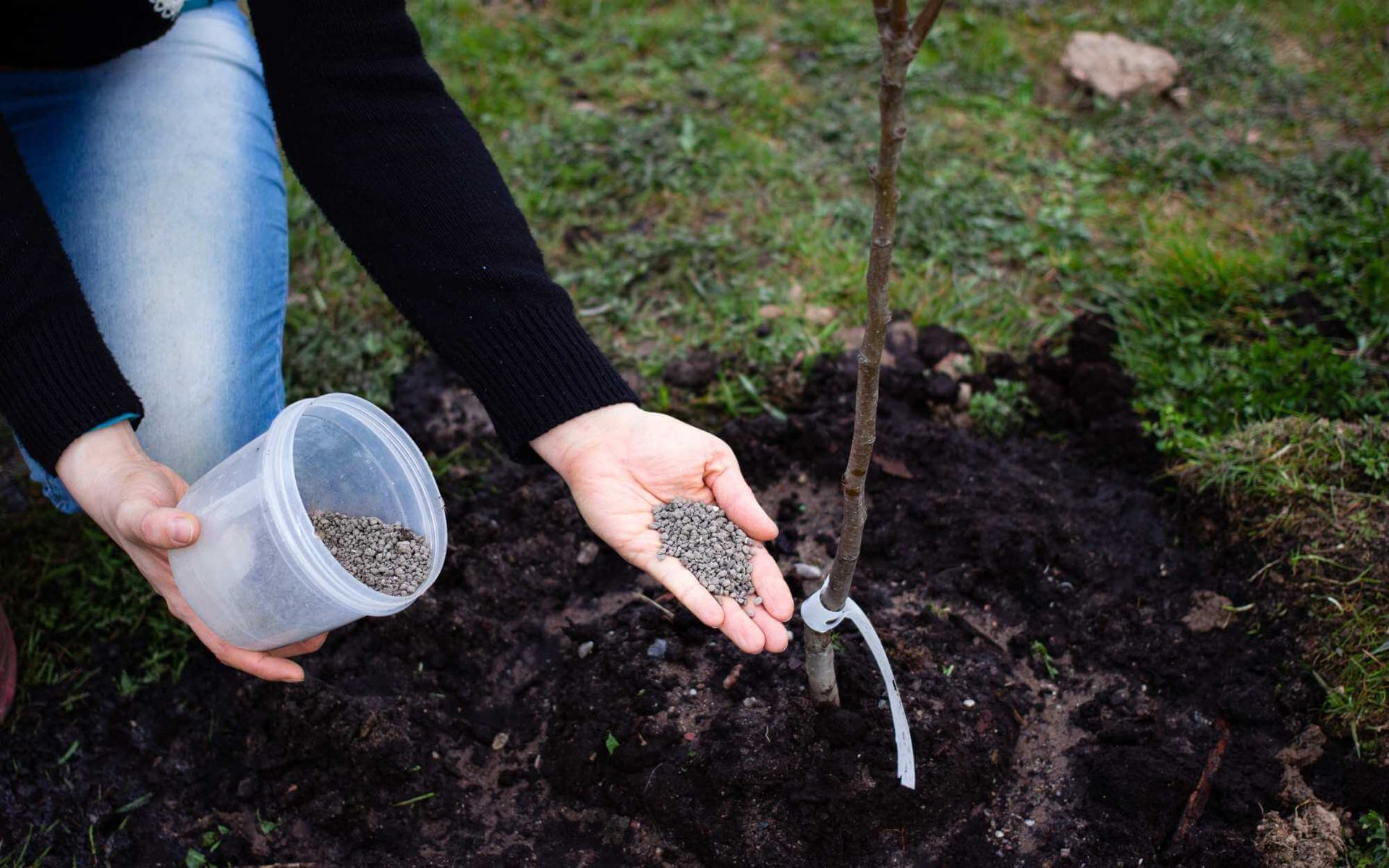
Let's uncover the best practices for DIY tree fertilization - your comprehensive guide to healthier, more resilient, and flourishing trees.
Fertilizer Selection
Understanding NPK ratios is fundamental in fertilizer selection. NPK stands for Nitrogen, Phosphorus, and Potassium, the primary nutrients plants need for healthy growth. Each number in the NPK ratio represents these nutrients' percentages.
Organic fertilizers, derived from plant or animal sources, release nutrients slowly and improve soil structure. In contrast, synthetic fertilizers provide nutrients quickly but can cause harm if overused due to their high nutrient concentration. Both types have their place in gardening, depending on your specific needs.
Timing and Frequency
The ideal time to fertilize trees is during their active growing season, typically early spring or fall. Avoid fertilizing in late fall as fertilizers can spur new growth, making trees vulnerable to winter damage.
As for frequency, most deciduous trees benefit from annual fertilization. However, trees in poor health or nutrient-deficient soil may require more frequent fertilization. Remember, always adjust the frequency based on the tree's response to fertilization to prevent over-fertilization.
Application Techniques
Fertilizer surface application involves sprinkling the fertilizer around the base of the tree, allowing it to seep into the soil with watering or rainfall. It's a simple, cost-effective method, best suited for small trees and shrubs.
Deep root fertilization, on the other hand, involves injecting nutrients directly into the root system using specialized equipment. This method is more efficient, promoting deeper root growth and better nutrient absorption, particularly beneficial for mature trees or trees in compacted soils.
Watering and Nutrient Absorption
Proper watering amplifies nutrient absorption, fostering healthier tree growth.
Practice infrequent deep watering. This encourages all the roots to grow deeper and access more nutrients. Moisture levels should be maintained but avoid overwatering, as it hinders nutrients and oxygen access.
Combine watering with organic matter like compost to improve soil structure, enhancing water retention and nutrient availability.
Remember, proper watering paired with thoughtful fertilization leads to flourishing trees.
Common Mistakes to Avoid
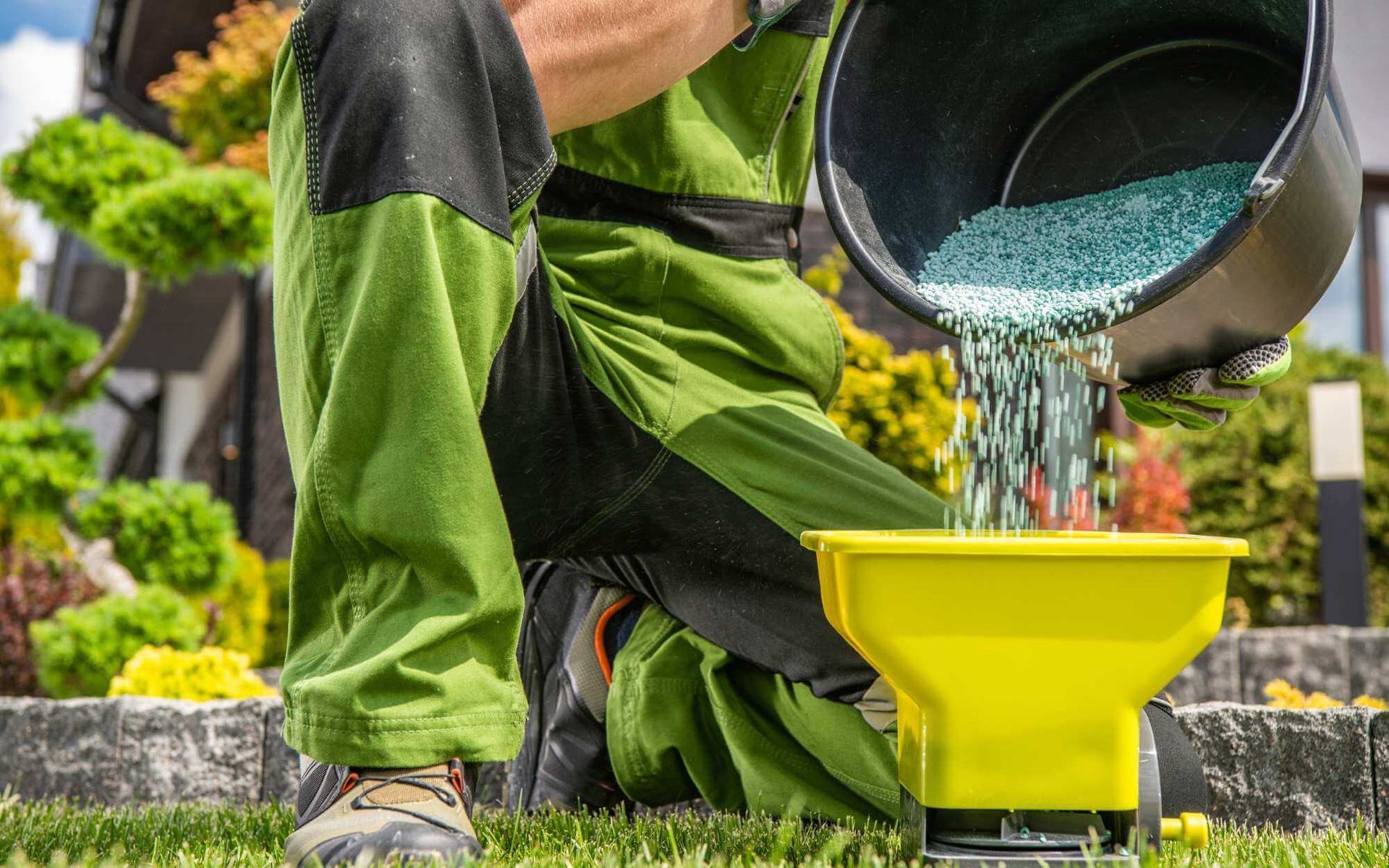
Tree fertilization can be a balancing act, with both over-fertilization and under-fertilization posing threats to tree health.
Over-fertilization occurs when trees are exposed to an excessive concentration of nutrients. This practice can lead to rapid, lush growth, but ultimately weakens the tree, making it more susceptible to disease and insect infestations. Moreover, it can disrupt the natural nutrient balance in the soil and harm beneficial soil organisms.
On the other hand, under-fertilization is a situation where trees receive insufficient nutrients. This can result in stunted growth, diminished fruit and flower production, and increased vulnerability to environmental stressors. In extreme cases, nutrient deprivation can cause tree death.
Remember, a well-nourished tree is a healthy one, so careful attention to fertilizer application is key.
Cultivate your landscape trees with this DIY tree care!
Harness the power of DIY tree fertilization to promote healthier, more resilient trees in your garden. Experience the benefits of cost-effectiveness and customization, tailoring your approach to each tree's unique needs.
Master the NPK ratio, perfect your timing, apply techniques like deep root fertilization, and water thoughtfully. Avoid over- or under-fertilization to ensure optimal growth.
It may seem like a daunting task but don't hesitate to consult with our
certified arborist for guidance. Let's cultivate rich landscapes together.
Want a free quote or some friendly advice? Call our team today:
